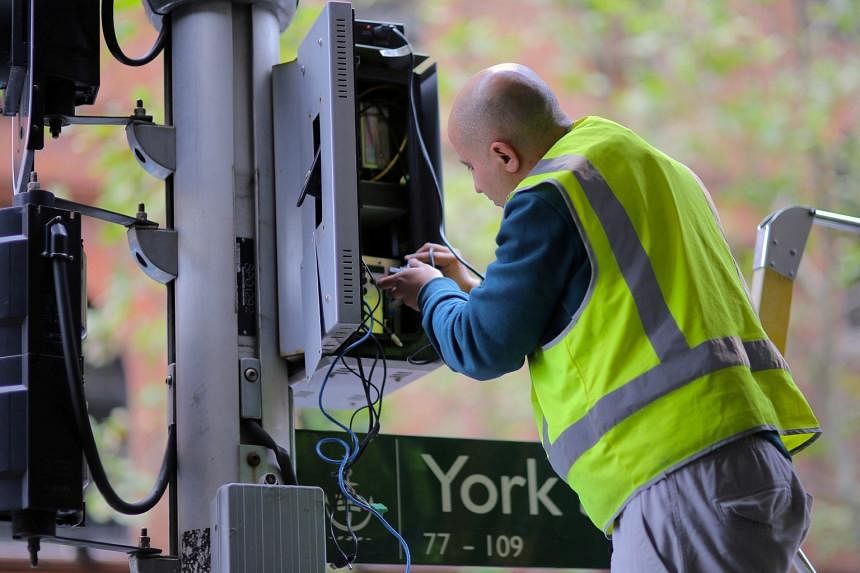SYDNEY (REUTERS) - Australia's unemployment rate dived to a 48-year low in June as hiring outstripped all expectations, while record vacancies suggested the labour market was set to tighten yet further and perhaps justify even larger increases in interest rates.
Figures from the Australian Bureau of Statistics (ABS) on Thursday (July 14) showed net employment had surged 88,400 in June from May, when it jumped 60,600. That blew away market forecasts of a 30,000 rise in June and brought gains for the year to a rousing 438,000.
The jobless rate slid to 3.5 per cent from 3.9 per cent, well below forecasts of 3.8 per cent and the lowest since August 1974.
The dive came even as more people went looking for work, with the participation rate climbing to a record high of 66.8 per cent.
The under-utilisation rate, which combines unemployment and underemployment, held at its lowest since 1982 at 9.6 per cent and implied that wage growth would accelerate over time.
The number of unemployed people also fell by an unusually large 54,300, while layoffs were limited.
"These flows reflect an increasingly tight labour market, with high demand for engaging and retaining workers, as well as ongoing labour shortages," said head of labour statistics Bjorn Jarvis at ABS.
He added that the number of unemployed people - 494,000 - now almost matched the number of vacancies, which is 480,000. "This equates to around one unemployed person per vacant job, compared with three times as many people before the start of the pandemic," he said.
With the economy essentially at full employment and inflation running red-hot, the Reserve Bank of Australia is considered certain to keep lifting interest rates following last week's half-point hike to 1.35 per cent.
Markets fully expect another 50 basis points in August, with even some talk of a more drastic move if coming inflation data shocks to the high side, as it has globally.
An eye-watering 9.1 per cent June reading on US consumer prices has investors wagering the Federal Reserve could hike by a full percentage point, while the Bank of Canada on Wednesday stole a march on the Fed by doing just that.
Australia's consumer price report for the second quarter is due on July 27, and analysts had already feared inflation would hit its highest since 1990 at around 6.3 per cent, with worse to come before the year ends.
"With the unemployment rate at a 48-year low, surveyed business conditions well above long-run averages, and Covid-19-related mobility restrictions fully eased, the economy is bumping up against capacity constraints in many areas," said Goldman Sachs economist Andrew Boak.
"The Australian economy remains on a path to much higher inflation and interest rates, having entered the tightening cycle with strong momentum."

